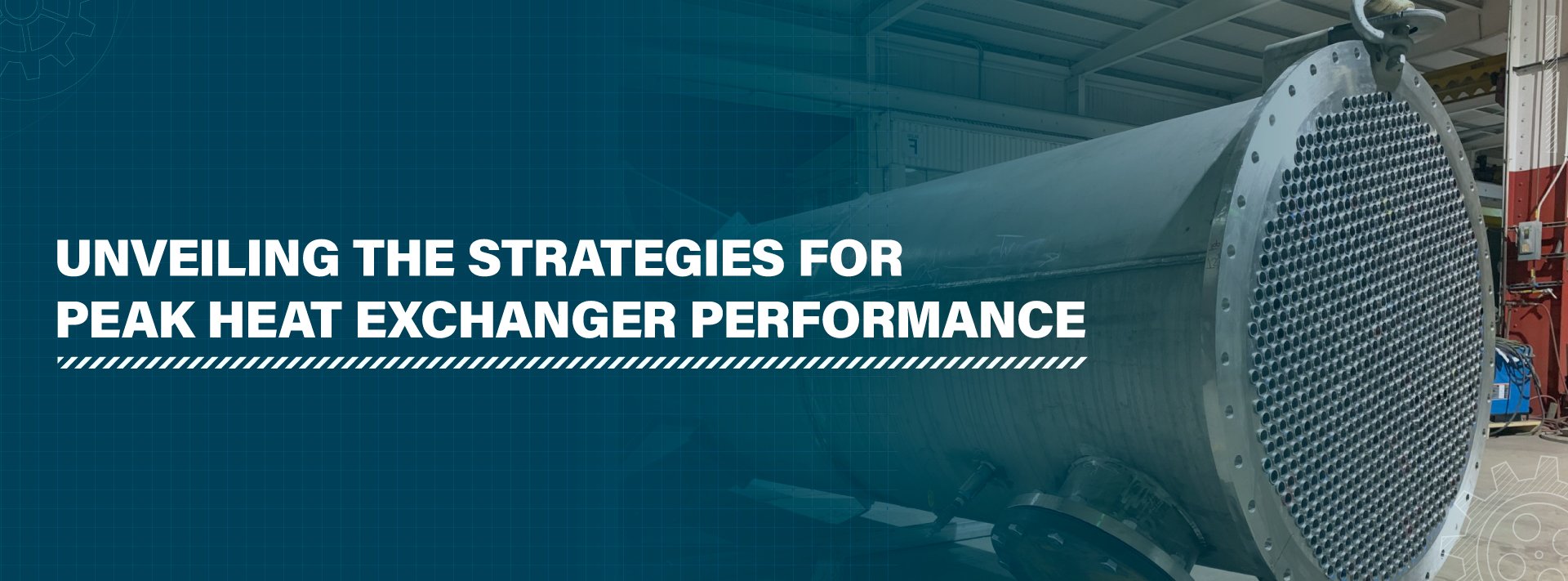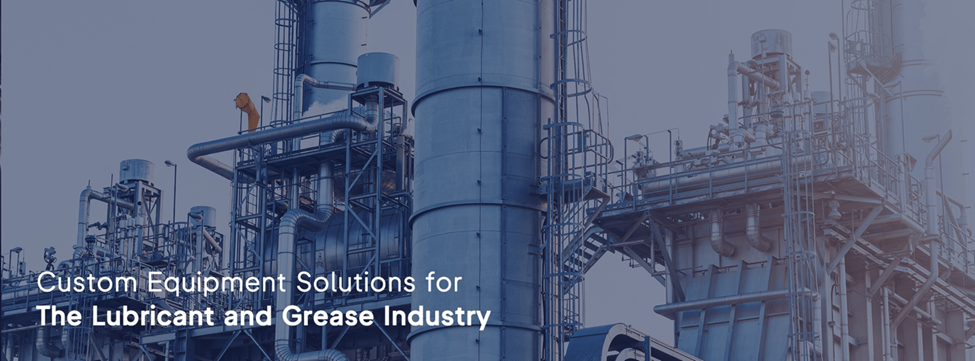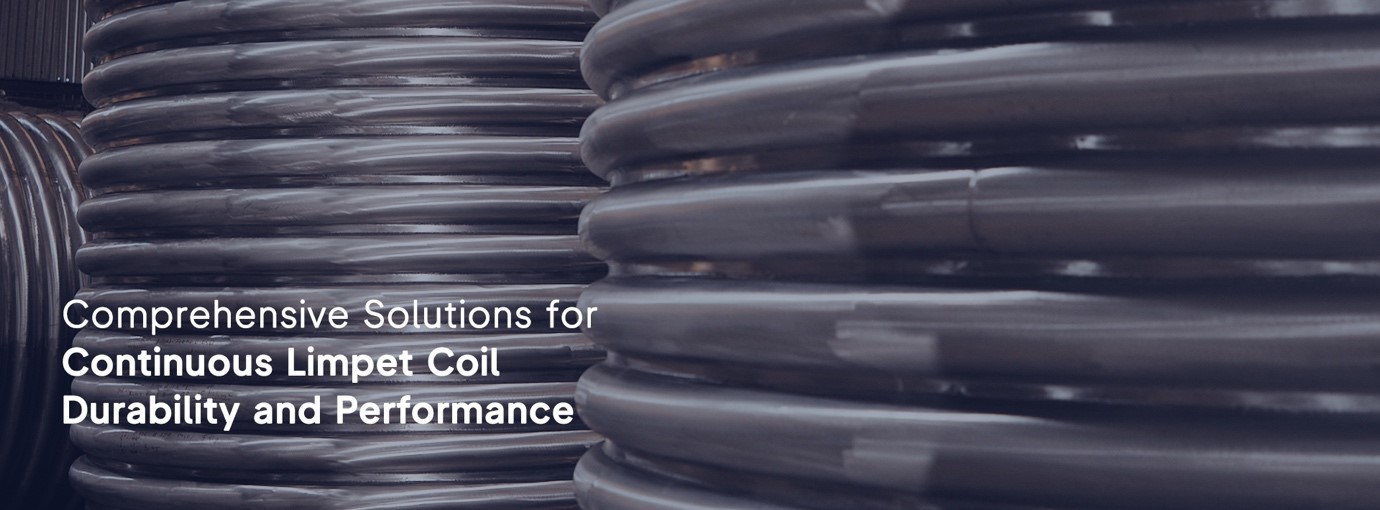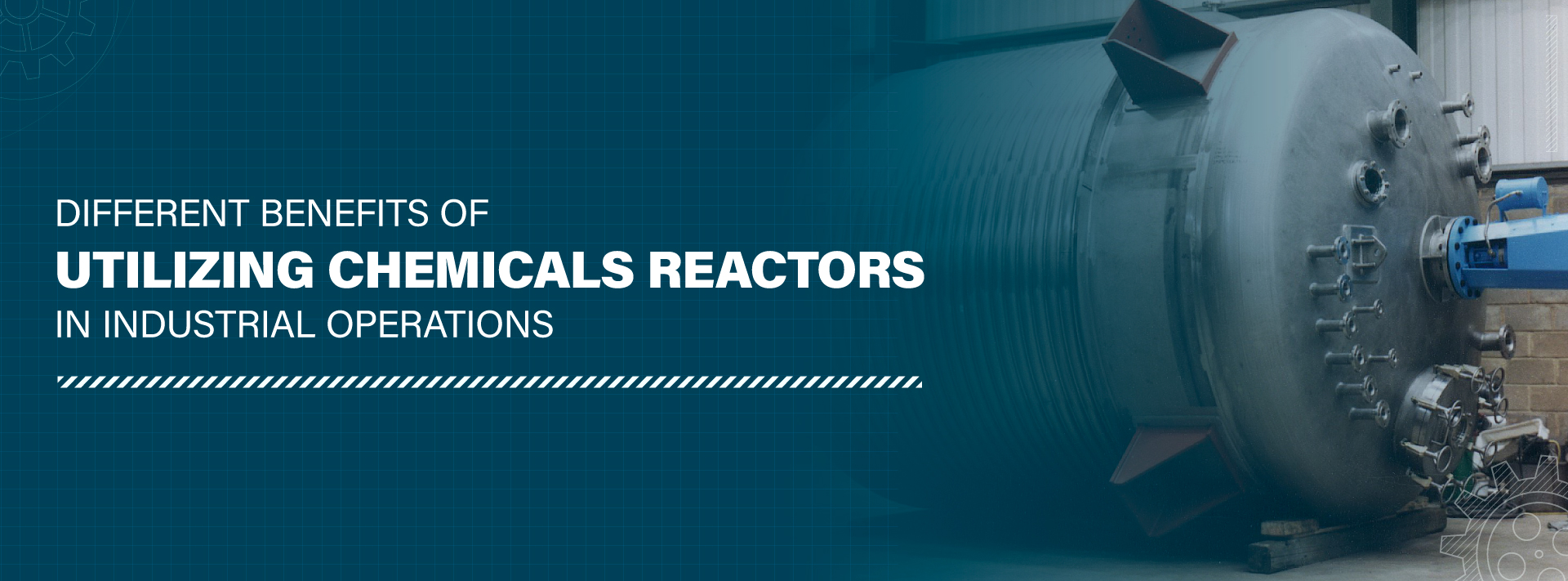Optimizing the efficacy of shell and tube heat exchangers is essential for many industrial operations and procedures. Significant operational and financial benefits can be achieved through marginal enhancements in heat transfer rates and energy loss reduction.
As the leading shell and tube heat exchanger manufacturer in India, Stalwart International specializes in strategic retrofits, improved design, and unique modeling methods to evaluate and optimize heat exchanger systems. Heat exchanger synthesis can integrate conventional shell-and-tube heat exchangers and plate heat exchangers and increase the overall heat transfer coefficient to 2-3 times.
Read on to learn about the main factors that affect shell and tube heat exchanger performance and how shell and tube type heat exchanger manufacturers in India can help optimize the performance of heat exchangers.
Importance of Performance in Heat Exchangers
Many industrial operations depend on heat exchanger performance and efficiency to save energy use and expenses. Heat exchangers extract heat from hot and cold fluids. Maximizing heat transmission reduces energy use by reducing heating and cooling.
- Decreased Energy Consumption: The performance and efficiency of heat exchangers is critical for reducing energy consumption and costs in many industrial processes. Heat exchangers are used to recover heat between hot and cold fluid streams that would otherwise be lost. Maximizing the heat transfer rate minimizes the need for additional heating or cooling, saving energy.
- Cost Optimization: Lower energy consumption directly relates to cost savings, making businesses more competitive and environmentally friendly.
- Increased Productivity: Enhanced heat transfer can boost production capacities, ensuring higher processing outputs without significant capital investments.
- Sustainability Champion: Reduced energy consumption and minimized environmental impact lead the way for a more sustainable future.
Enhancing Shell and Tube Heat Exchanger Performance
Here’s how you can improve and enhance the shell and tube heat exchanger performance:
Improved Baffle Designs
Innovative proprietary baffle designs like helical baffles and double segmental baffles generate turbulence on the shell side by creating complex swirling and eddy current flows. Premier shell and tube heat exchanger exporter in India utilizes these designs to promote highly efficient turbulence on the shell side.
The enhanced baffle geometries effectively disrupt laminar flow regimes and minimize fluid bypassing. It significantly improves overall fluid mixing and contact between the shell side and tube bundles.
By optimizing baffle shape, orientation, cut, and spacing configurations tailored to the specific application parameters, heat transfer rates are 15.55 higher than to general duct with no baffle designs.
Flow Rate
Shell and tube heat exchangers must optimize fluid flow on both sides to maximize heat transfer. Heat transfer coefficient, pressure drop, and pumping needs depend on the flow rate. Higher velocities improve heat transfer but also increase pressure drop.
The optimal flow rate balances maximizing heat transfer against pumping power costs. Variables that influence flow rate include the number of tube and shell side passes, baffle cut percentage, and piping connections.
Optimized Tube Layout
The arrangement and precise layout of the tubes within the shell can have a major impact on the resulting shell-side fluid flow patterns and heat transfer performance. Traditional tube layouts include equilateral triangle and square pitch configurations.
Triangle tube layouts promote superior cross-flow between the tubes, which increases turbulence and disrupts laminar flow. However, the tighter tube spacing also increases shell-side pressure losses.
Square tube arrangements allow for easier cleaning, tube inspection, and mechanical expansion of the tubes. Detailed computational fluid dynamics (CFD) analysis enables accurate modeling of the complex shell side flow behavior and heat transfer with different tube layouts.
It allows heat exchanger experts to determine the optimal tube orientation, pitch, and layout to maximize thermal performance based on the specific application parameters and operating conditions.
Enhanced Tube Designs
Advanced tube surfaces like low-finned tubes, GEWA-B tubes, and twisted grooved tubes fundamentally alter the fluid flow dynamics and minimize fouling propensity by breaking up thermal boundary layers.
The enhanced surfaces promote turbulence and fluid mixing by interrupting laminar flow along the tube length. Innovative proprietary tube designs can also introduce swirling and secondary flow motions to augment heat transfer rates dramatically.
The ideal tube enhancement technology depends on the specific operating conditions, fluid properties, and performance goals. Heat transfer experts will select the optimal tube design to achieve efficient operation and maximum equipment life.
Tube Inserts
Strategically placing wire matrix and coiled wire tube inserts generates continuous turbulence inside the tubes. It disrupts laminar flow regimes and prevents the formation of insulating thermal boundary layers along the tube wall.
Promoting fluid mixing and turbulence improves convective heat transfer performance, especially with highly viscous fluids or low-velocity flows.
Heat transfer coefficients can be enhanced by over 264% by incorporating wire coil inserts compared to plain tubes. The inserts also break up temperature stratification to minimize hot spots. Proper design is needed to balance heat transfer improvements against increased pressure drop.
Vibration Equipment
For shell and tube heat exchangers prone to severe fouling, vibrators can be attached to the exterior of the shell. The vibration equipment shakes the tubes in a controlled manner to dislodge fouling deposits, remove scale buildup, and maintain clean tube surfaces. It sustains peak heat transfer performance over extended operating periods and minimizes efficiency losses due to fouling at the tube-fluid interface.
Heat exchanger experts will analyze the level of fouling risk for each application to determine if supplemental vibration systems should be installed. Vibration equipment can provide an excellent return on investment for duties with a very high fouling propensity through dramatically reduced cleaning maintenance requirements and improved thermal efficiency over the operating life.
Thermal Load
The thermal load affects the mean temperature difference (LMTD), which directly influences the heat transfer rate. Optimizing the ratio of fluid temperatures and flow rates on the shell and tube sides maximizes the LMTD. It enables transferring more heat across a smaller surface area, reducing capital costs.
By utilizing advanced simulations and heat exchanger modeling, shell and tube-type heat exchanger manufacturers in India can optimize thermal loads and approach temperatures based on operating parameters.
Other Strategies to Improve Heat Exchanger Performance
Let’s look at some other strategies that can improve the shell and tube heat exchanger performance:
- Shell’s Diameter – Increasing the shell’s diameter increases the heat transfer area as it allows more tubes to be placed in the shell. However, increasing the diameter will increase the heat exchanger cost.
- Multiple Passes – A heat exchanger with multiple passes increases the heat transfer area as the fluid gets divided into two or more streams that flow through the tubes in different directions.
- Filtration – Filtration removes the solid particles that are present in the fluid, and it can effectively reduce the amount of fouling in the heat exchanger.
- Fluid Velocity – Increasing the fluid velocity increases the turbulence of the flow, which increases the heat transfer coefficient. It also increases the pressure drop.
- Fluid Treatment – Anti-scaling or anti-corrosion agents prevent the scale buildup or corrosion on the surface of the tube; overall preventing fouling.
Wrapping up,
There are ample ways to enhance the performance of shell and tube-type heat exchangers. However, you need to connect with reliable shell and tube heat exchanger exporters and manufacturers in India to customize the heat exchanger in the best way to boost performance.
Stalwart International, a leading shell and tube-type heat exchanger manufacturer in India utilizes the best practices to enhance the performance. From using enhanced baffles to strategic tube layouts and innovative tube surfaces, our process focuses on maximizing heat transfer rates while minimizing fouling and costs.
Contact Stalwart International today to discuss a performance assessment for your shell and tube heat exchangers!





